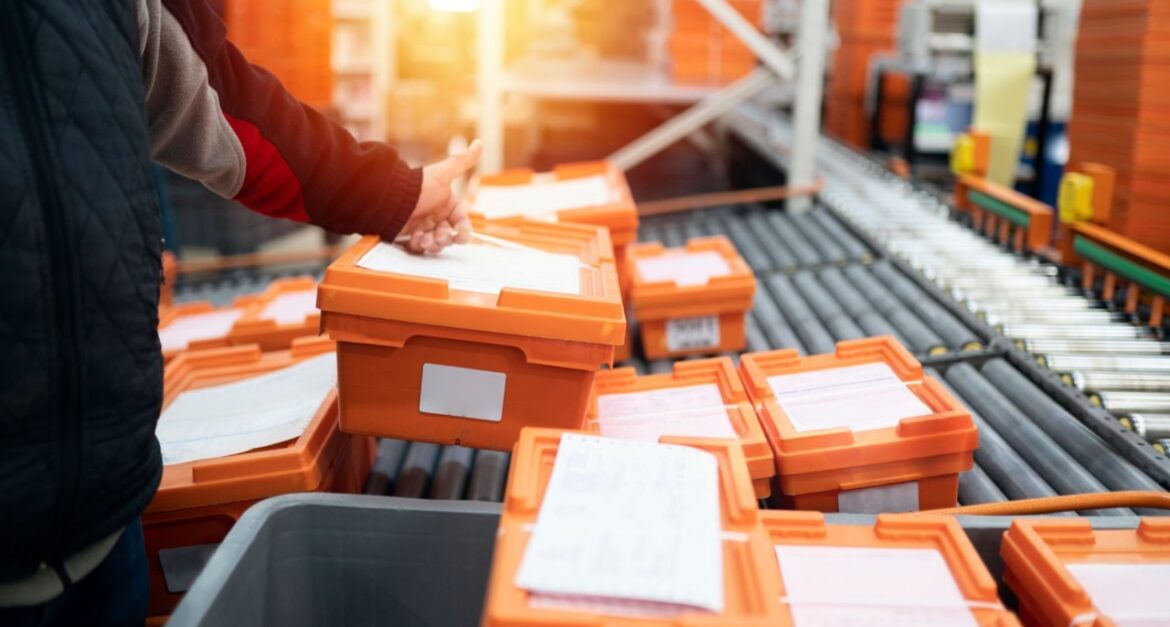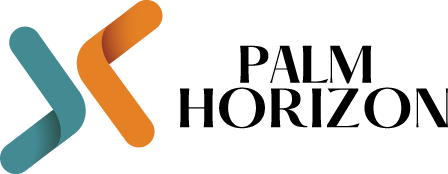
Unlocking Compliance, Cold-Chain Efficiency, and Customs Success with Palm Horizon
Are you struggling to get your medical shipments cleared in Saudi Arabia?
Many importers face frustrating delays because of incorrect HS code classification, SFDA rejections, or missed documentation. The result: delayed medicines, expired products, and financial loss.
But here’s the good news — with the right HS codes, SFDA approvals, and an AEO-certified logistics partner like Palm Horizon, your pharmaceutical and medical imports can flow seamlessly through Saudi ports, ensuring patient safety and compliance with zero delays.
This guide breaks down everything you need to know — from HS code identification to cold-chain transport, SFDA licensing, and customs clearance procedures — all in one place.
Understanding HS Codes: The Backbone of Medical Imports
The Harmonized System (HS), developed by the World Customs Organization (WCO), is a standardized coding structure used globally to identify and classify products during trade.
In Saudi Arabia, HS codes are managed by the Zakat, Tax, and Customs Authority (ZATCA) and tied directly to SFDA import regulations.
Each HS code is more than just a number — it defines:
- The product’s type and medical function
- Whether it needs SFDA or MOH approval
- Its customs duty rate
- And the logistics and cold-chain handling requirements
For pharmaceuticals and medical devices, accurate HS classification isn’t optional — it’s mandatory. A single wrong code can result in shipment detention or re-export orders.
HS Codes for Pharmaceuticals (Chapter 30)
Saudi Arabia’s pharmaceutical imports fall primarily under Chapter 30 of the HS classification. Below are the most relevant HS codes used by importers, distributors, and hospital suppliers in 2025:
| Product Category | HS Code | Description |
| Medicaments (in measured doses) | 3004.90.00 | General finished pharmaceutical products |
| Antibiotics (Penicillin, derivatives) | 3003.10.00 | Used in oral and injectable forms |
| Analgesics & Painkillers | 3004.40.00 | Containing alkaloids or derivatives |
| Vaccines for Human Use | 3002.20.00 | Immunological products for human health |
| Blood Products & Plasma | 3002.90.90 | Blood derivatives and plasma therapies |
| Hormonal Preparations | 3004.39.00 | Hormone-based medical preparations |
| Vitamins & Supplements | 3004.50.00 | Vitamins, minerals, and dietary supplements |
| Antimalarial Drugs | 3004.49.00 | For prevention or treatment of malaria |
| Insulin Preparations | 3004.31.00 | Insulin and related diabetes treatments |
| Controlled Drugs | 3004.43.00 | Narcotic or psychotropic medications |
| Vaccines (COVID-19 and variants) | 3002.41.00 | Coronavirus and pandemic immunizations |
| Veterinary Vaccines | 3002.30.00 | Animal-use vaccines under SFDA exemption |
| Homeopathic Remedies | 3004.90.90 | Alternative medicinal products |
| Antibiotic Combinations | 3003.20.00 | Multi-antibiotic compositions |
| Biological Derivatives | 3002.15.00 | Blood, serum, and monoclonal antibodies |
| Medical Creams & Ointments | 3004.20.00 | Topical medicaments for skin care |
| Antiseptics & Disinfectants | 3808.94.00 | Surface or surgical disinfectant liquids |
| Dialysis Solutions | 3004.90.10 | Fluid for hemodialysis treatment |
Correct classification of these codes determines tariff rates and import documentation under the SFDA’s Medical Importer System.
HS Codes for Medical Equipment & Devices (Chapter 90)
Medical devices, diagnostic instruments, and hospital tools fall under Chapter 90.
These items often require SABER certification, SFDA device registration, and temperature control during transit.
| Equipment Type | HS Code | Description |
| Syringes (with or without needles) | 9018.31.00 | Single-use and reusable syringes |
| Needles | 9018.32.00 | Hypodermic or injection needles |
| Diagnostic Instruments | 9018.19.00 | Stethoscopes, monitors, blood pressure units |
| ECG Machines | 9018.11.00 | Electrocardiographs for medical analysis |
| Ultrasonic Scanners | 9018.12.00 | Ultrasound and imaging systems |
| MRI/CT Scanners | 9018.13.00 | Magnetic resonance and tomography devices |
| Thermometers | 9025.11.00 | Digital, infrared, or mercury thermometers |
| Blood Test Equipment | 9027.80.90 | Biochemical analysis instruments |
| Laboratory Instruments | 9027.80.00 | Clinical diagnostic or testing systems |
| X-Ray Machines | 9022.12.00 | Radiography and dental imaging equipment |
| Medical Oxygen Concentrators | 9019.20.00 | Oxygen therapy and respiratory devices |
| Hospital Beds | 9402.10.00 | Adjustable hospital beds and wheelchairs |
| Surgical Lights | 9405.10.00 | Medical-grade lighting for operating rooms |
| Medical Furniture | 9402.90.00 | Hospital furnishings and accessories |
| Endoscopy Equipment | 9018.90.00 | Visual diagnostic endoscopic systems |
| Dental Tools | 9018.49.00 | Dental drills, mirrors, and devices |
These codes determine whether equipment is import-controlled, requires SFDA licensing, or needs temperature monitoring during shipment.
HS Codes for PPE, Hospital Consumables & Lab Safety
| PPE Category | HS Code | Description |
| Surgical Masks | 6307.90.99 | Protective face masks for medical use |
| Disposable Gowns | 6210.10.00 | Medical coveralls and protective suits |
| Face Shields | 3926.90.99 | Plastic face visors and PPE |
| Latex/Nitrile Gloves | 4015.19.00 | Non-sterile gloves for examination |
| Shoe Covers | 6307.90.10 | Disposable footwear for sterile rooms |
| Head Caps | 6505.00.90 | Bouffant or head protection for surgery |
| Goggles | 9004.90.00 | Protective eyewear for hospital use |
| Biohazard Bags | 3923.21.00 | Plastic waste disposal for medical use |
| Lab Coats | 6201.93.00 | Protective outerwear for lab safety |
Regulatory Requirements for Importers in Saudi Arabia
Importing pharmaceuticals and medical devices into Saudi Arabia requires full compliance with SFDA, SASO, and ZATCA regulations.
Key Steps:
- SFDA Product Registration – Register products in the SFDA Medical Device Marketing Authorization (MDMA) system.
- Importer License – Secure a valid import license, especially for controlled substances.
- SABER Certification – Required for electrical and diagnostic devices.
- AEO Compliance – Palm Horizon’s AEO-aligned processes reduce inspection times and streamline customs clearance.
- Temperature Management – Vaccines, insulin, and biologics must remain within 2°C–8°C through the cold chain.
- ZATCA Declaration – Submit HS code-based declarations in the FASAH system before shipment arrival.
Saudi Arabia’s Healthcare Import Landscape
Saudi Arabia’s healthcare sector is one of the fastest-growing in the GCC, projected to exceed SAR 200 billion by 2030.
Key trends:
- Rising demand for biotech drugs and vaccines
- Digital transformation of medical supply chains
- Expansion of domestic manufacturing under Vision 2030
- Increased government import of humanitarian medical aid
Saudi Customs and SFDA are tightening integration under the National Single Window (FASAH), meaning accuracy in HS code data now directly affects clearance time and import approval.
How Palm Horizon Simplifies the Import Journey
With over a decade of logistics expertise, Palm Horizon helps importers navigate the complex pharmaceutical import ecosystem in Saudi Arabia.
Palm Horizon’s Specialized Services:
- Cold-Chain Logistics: Temperature-controlled air and sea freight for biologics and vaccines.
- AEO-Fast Customs Clearance: Priority processing under Saudi AEO framework.
- SFDA Documentation Support: Pre-submission verification to prevent rejections.
- Real-Time Monitoring: IoT-based sensors for temperature and humidity tracking.
- Warehousing & Distribution: GxP-compliant facilities across Riyadh and Jeddah.
- Risk Management: Audit-ready documentation for ZATCA and SASO.
By combining compliance intelligence with end-to-end visibility, Palm Horizon guarantees smooth, fast, and fully legal clearance for your medical imports.
Use Cases and Real-World Applications
- Hospitals & Clinics: Regular imports of diagnostic equipment, medicines, and sterilization kits.
- Pharmaceutical Distributors: Bulk cold-chain imports under SFDA licensing.
- NGOs & Relief Agencies: Medical aid shipments with humanitarian exemptions.
- Research Labs: Import of reagents and sensitive biomedical materials.
- Government Tenders: Centralized procurement with strict import documentation.
Implementation Overview
1: Identify correct HS code and confirm SFDA classification.
2: Obtain import license and submit pre-shipment notification to SFDA.
3: Use Palm Horizon’s AEO-enabled logistics for rapid customs clearance.
5: Receive SFDA release and final warehouse delivery.
Common Challenges in Pharmaceutical Imports
- Incorrect HS Classification – Leads to customs detention.
- Lack of SFDA Approval – Shipments rejected or re-exported.
- Temperature Excursions – Vaccine spoilage due to improper handling.
- Delayed Documentation – Missing import license or SABER certificate.
- Compliance Gaps – Incomplete conformity assessment reports.
Palm Horizon’s expertise ensures importers avoid these costly mistakes.
FAQs
Q1: What’s the difference between Chapters 30 and 90 HS codes?
Chapter 30 classifies pharmaceutical goods such as medicines, serums, and vaccines. Chapter 90 covers diagnostic devices, hospital instruments, and medical imaging equipment used in healthcare facilities.
Q2: Do all pharmaceuticals require SFDA approval?
Yes. Every imported drug, vaccine, or medical device must receive Saudi Food and Drug Authority (SFDA) registration and product licensing before clearance at customs.
Q3: What is AEO and why does it matter?
AEO (Authorized Economic Operator) certification ensures faster customs processing, priority inspections, and enhanced trade trust. Palm Horizon’s AEO-certified operations guarantee smooth import procedures.
Q4: How does temperature monitoring work for vaccine imports?
Palm Horizon’s IoT-enabled cold-chain systems log temperature and humidity from pickup to final delivery, ensuring full compliance with SFDA and WHO standards.
Q5: Can Palm Horizon assist with customs classification and documentation?
Yes. The team handles HS code verification, SFDA document submission, and AEO-compliant declarations to prevent shipment delays or rejections.
Q6: What are common HS codes for pharmaceuticals and medical devices?
Pharmaceuticals fall mainly under 3003, 3004, and 3006, while medical devices like syringes and diagnostic tools appear in 9018–9022 categories.
Conclusion
Saudi Arabia’s pharmaceutical and medical import ecosystem is tightly regulated, ensuring patient safety, authenticity, and logistics integrity. Success in this sector depends on three things:
- Correct HS classification
- Regulatory compliance (SFDA, SABER, AEO)
- Reliable logistics execution
Palm Horizon brings these together seamlessly — managing your shipments, maintaining cold-chain precision, and delivering SFDA-approved imports across the Kingdom.
When every second counts in healthcare, Palm Horizon ensures your products reach safely, legally, and right on time.





